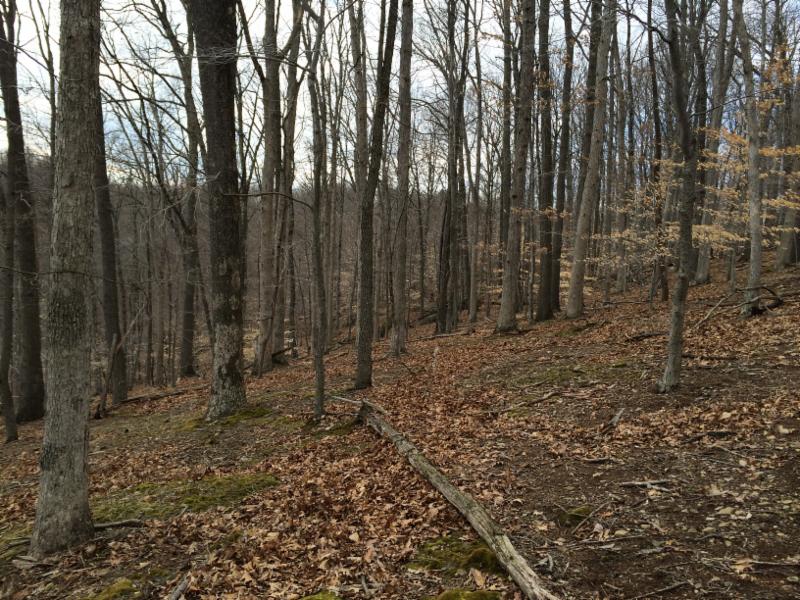Don't Want This?
No Worries.
Click SafeUnsubscribe At Bottom.
|
|
|
Become a Member of
NWOA
|
 |
By joining NWOA you gain a friend in Washington DC. As a friend you will have access to valuable resources in the form of outreach, education, and the opportunity to purchase valuable property insurance at a greatly reduced rate.
If you would like to learn more about what NWOA can offer
Click HERE or call (703)255-2700
To Join NWOA,
download and fill out
this application. Then mail it in
or Call (703)255-2700 with your Visa or MasterCard number
|
|
|
Attention
NWOA Members:

Woodland Liability Insurance Application and Renewal Forms are now available
|
|
Not yet a member? Join today to qualify for special low rates exclusively for NWOA Members!
|
|
Affiliate Organization Events:
|
Virginia:
Generation Next Forest Land Planning Workshop
Nov. 9; Providence Forge
Dec. 5; Roanoke
North Carolina:
ForestHer NC
Nov. 7; Pittsboro
Nov. 14; Morgantown
Nov. 21: Kinston
|
|
|

Subscribe to the
Wednesday Woodland Word
|
In This Week's News:
Rare Southern Bird on Verge
of Making a Comeback

Scientists studying the red-cockaded woodpecker in Georgia forests say the rare bird is making a comeback.
The bird was likely common long ago, but has been considered endangered in recent years.
"People recognized that if we lost all of our mature longleaf forests, then we'd lose the red-cockaded woodpecker along with it," said Larry Carlile, acting chief of the Fort Stewart/Hunter Army Airfield fish and wildlife branch. Fort Stewart is home to a large population of red-cockaded woodpeckers.
|
|
How To:
Get Your Chainsaw Ready for Hibernation
Chainsaw maintenance is important to extend the life of your equipment. A few simple steps can help keep your chainsaw in top operating condition.
If you don't plan on using your chainsaw for an extended period of time (generally 3 months or longer), following these procedures will help your equipment to be ready for action when you are ready to go back to work.
|
Into the Woods:
Deer, Fragmented Forests,
Ticks, a Lyme-like Disease ...
and a Little Praise for Possums

Amblyomma americanum
, is commonly known the lone star tick and the disease it carries is ehrlichiosis. Little is known about the ecology of the Ehrlichia chaffeensis
bacterium. Most of the research that has been conducted focuses on the black-legged (deer)tick, the vector of Lyme disease. Lyme is better known than ehrlichiosis, and they have similar symptoms.
Diagnosis is a clinical question; researchers at William & Mary are more interested in the ecological relationships that drive ticks. It starts with habitat.
In general, fragmented habitat means more deer. More deer means more ticks. More ticks means more tick-borne disease. But the equation is more complicated. It all begins with the habitat, especially the concepts of fragmentation and the forest edge.
|
Tree Talk:
Aspen Stands for More than Autumn

There's gold in Minnesota's hills, and in October that gold is aspen.
The most prevalent of Minnesota's 52 native tree species, aspen's amber hues are the perfect backdrop for autumn's fiery maples, orange oaks and verdant evergreens.
Yet aspen is prized for other reasons, too. It is the species that Minnesota's pulp, paper and engineered wood industries use the most, and by a large margin. Aspen forests are also important wildlife habitat. Aspen stands provide food and shelter for deer, bear, marten, songbirds and many other species. Upland bird hunters also prize aspen. These golden coverts are favored stomping grounds for those who pursue ruffed grouse and woodcock.
What follows are four different views on aspen, one each from an upland bird hunter, wildlife specialist, independent logger and university forest ecologist. Together, their words, which have been edited for clarity and length, speak to a species at the heart of Minnesota's outdoor recreation, wildlife conservation and forest economy, and one whose future appears threatened by climate change.
|
|
Wednesday Woodland Word (WWW) is a weekly review of news and information of interest to forest landowners. Articles are harvested from many various sources on the internet. While some are peer-reviewed scientific publications, others are the opinions of the writer. The National Woodland Owners Association (NWOA) presents WWW as a service to members and other interested parties. The information presented does not necessarily reflect the views and opinions of the editor, publisher, or NWOA; inclusion of an article in WWW is not an endorsement by NWOA.
Send questions, comments, upcoming events and story ideas to Mike Burns, Editor [email protected]
|
|
| |
|